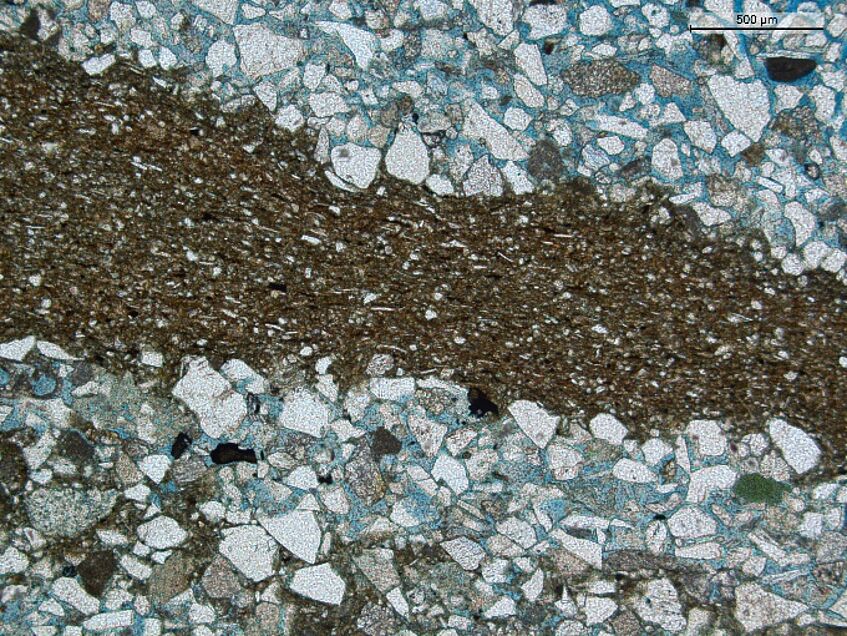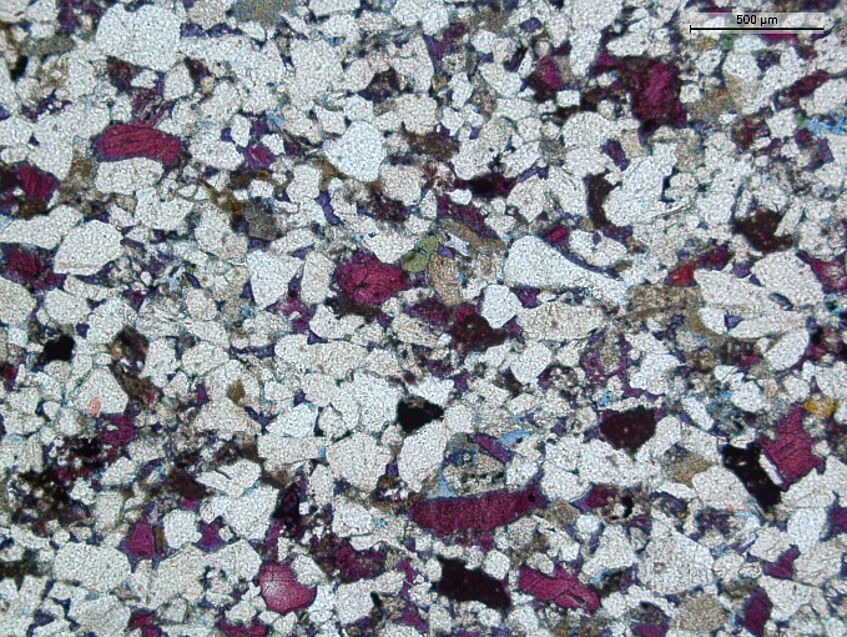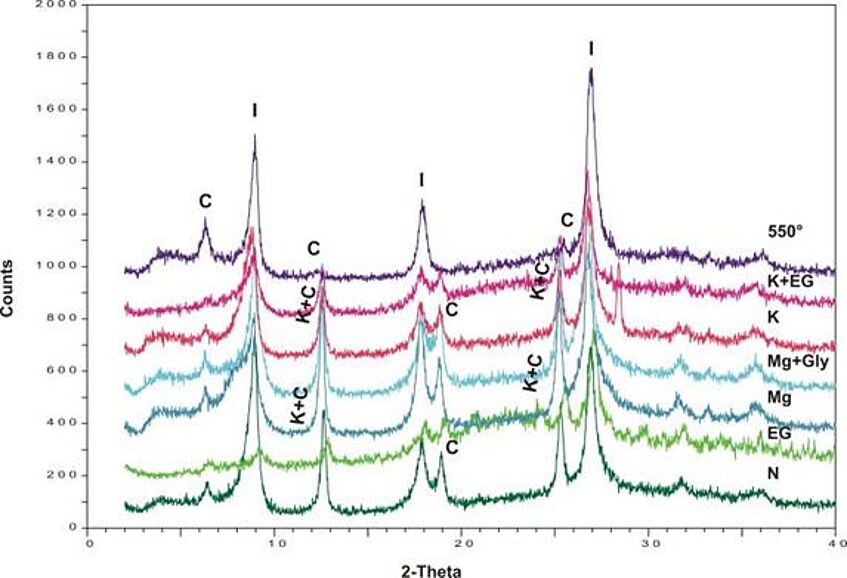Qualitative and quantitative evaluation of clay minerals in reservoir sandstones and seal rocks (cooperation with OMV)
Part I: 08/2020 – 12/2020; Part II: 05/2021 - 05/2022 funded by OMV E&P
Principal Investigator:
Susanne Gier (University of Vienna)
Collaborator:
Sonja Niedermayr (University of Vienna): Diagenetic evolution of reservoir sandstones
Clay minerals have a significant impact on chemical reactions happening during production operations, enhanced oil recovery (EOR) and storage projects in the E&P industry. The exact clay mineralogy of various reservoir and seal rocks where EOR and/or storage projects are planned is currently not known to the necessary detail. This causes a significant uncertainty for geochemical modelling. Depending on the chemistry of the clay minerals, exchange reactions, leading to changes in the mineral phase composition, are possible. A detailed investigation on the type of encountered clay minerals is essential to understand these cross-reactions which can lead to a pore size reduction and decrease of permeability. Both “fresh” samples and samples, that have been stored in core stores for longer periods of time are used for this study.
Objectives of this project:
- Identification and quantification of all clay minerals present in reservoir and seal rock core samples. These occur in various textural configurations (e.g. detrital grain-coats, clasts, diagenetic clay minerals).
- Characterization of clay mineral alterations caused by drilling mud and storage in core stores: The clay mineral composition of the outer margins of rock samples will be compared with analyses obtained from the interior part of cores and quantified. As a function of permeability, the outer margins of the cores can be infiltrated by drilling mud. In addition, these margins exhibit color changes caused by alterations during storage (e.g. variations in moisture, temperature etc.). The results shall reveal if these color changes are accompanied by alterations in the clay mineral composition. Routinely, the clay mineralogy will be compared with data of freshly cut rock core samples.
- Analyses of cation-exchange-capacity (CEC) on old and fresh core samples: CEC in fine-grained lithologies like shales and marlstones is an important parameter describing petrophysical properties, specifically the dielectric constant which is directly related to CEC. In addition, shale swelling and shrinking is directly related to CEC. Hence the measurement and comparison of CEC from old and fresh core samples might provide the possibility to quantify the effects of alteration during storage. Furthermore, CEC is an input parameter for some well-log interpretations.
- Assessment of the diagenetic evolution of reservoir sandstones and integration of sedimentological core data and SEM pore-space studies into existing petrographic thin-section analyses.

Thin section of interbedded sandstone and mudstone, Vienna Basin 1274 m (© S. Gier).

Thin section of a sandstone, calcite components in red, Vienna Basin 2620.5 m (© S. Gier).

